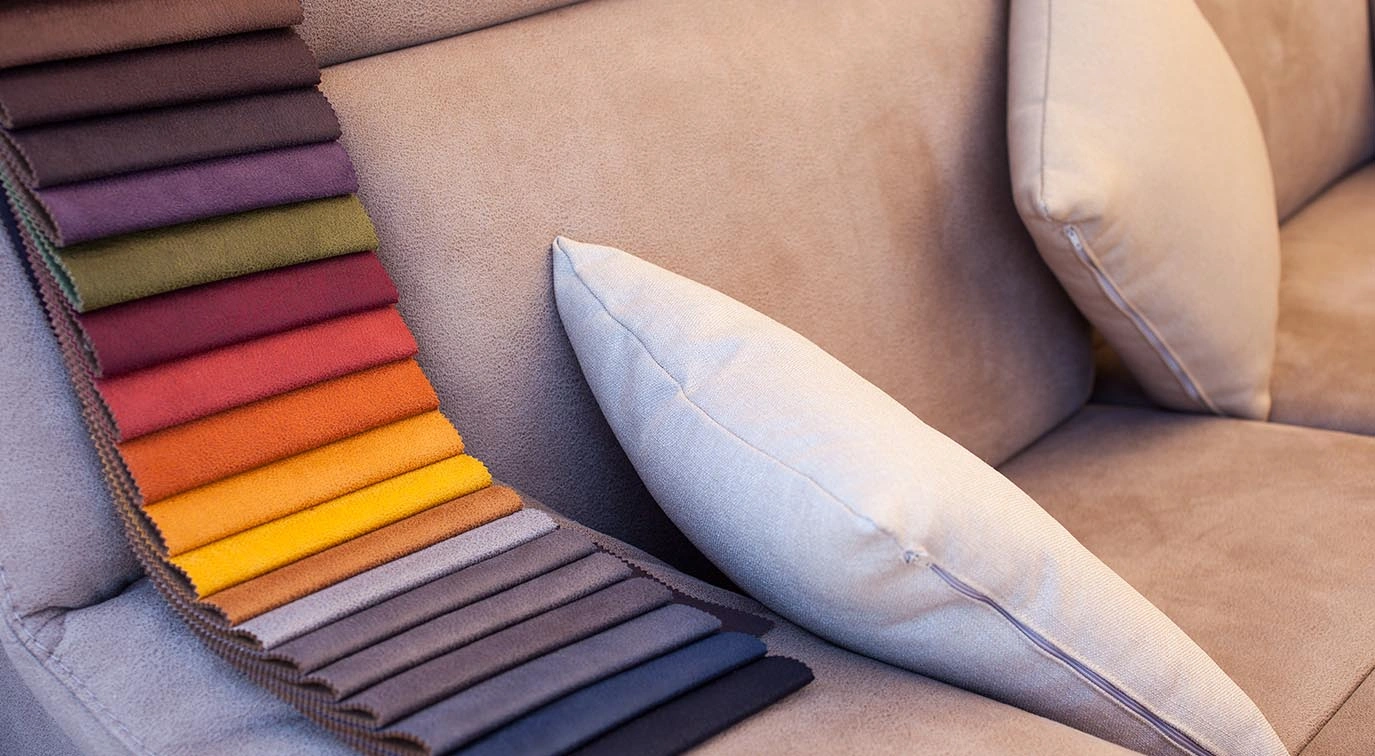The sofa is the undisputed centerpiece of any Indian living room. It’s where families gather for chai, where guests are welcomed, and where countless hours are spent unwinding. However, choosing the perfect sofa is not just about shape and size; the fabric you select is arguably the most critical decision, especially considering India’s diverse and often challenging climate, from the humid coasts to the dusty plains and the varying temperatures across cities.
The right fabric must be a triple threat: durable enough to handle daily life, comfortable for year-round use, and easy to maintain in a busy Indian household. Get it wrong, and you’ll face fading, heat retention, or constant professional cleaning bills. Get it right, and your sofa will be a stylish, comfortable, and long-lasting investment.
Understanding the Indian Challenge: Climate and Usage
Before diving into materials, let’s address the specific challenges unique to Indian homes:
- Humidity and Heat: High humidity (especially in coastal cities like Mumbai and Kolkata) necessitates breathable fabrics that don’t trap moisture or become sticky. Heat requires materials that remain cool to the touch.
- Dust and Allergens: Dust is a constant battle across the subcontinent. Fabrics that are easy to vacuum and don’t deeply embed dust are essential.
- Family Life and Stains: From oil marks to chai spills, a sofa in an Indian home sees it all. Washable, stain-resistant, and high-density fabrics are non-negotiable for households with children or pets.
Category Deep Dive: Popular Sofa Fabrics for India
Understanding the pros and cons of each common fabric will empower your decision-making process.
- Natural Fabrics: Cotton and Linen
- Cotton: The perennial favorite.
- Pros: Highly breathable, excellent for hot and humid climates, relatively inexpensive, and comes in a vast range of prints and colours. High-quality cotton blends are surprisingly durable.
- Cons: Prone to wrinkling, absorbs stains easily (especially light colours), and can fade quickly if placed in direct sunlight. Requires frequent cleaning.
- Best For: Homes in hot, dry climates or those looking for a light, airy aesthetic. Look for a dense weave cotton for better durability.
- Linen:
- Pros: Extremely strong and durable, naturally hypoallergenic, and incredibly cool.
- Cons: Very susceptible to wrinkling and expensive. Can shrink if cleaned improperly.
- Best For: Formal living rooms or homes where minimal daily wear is expected.
- Synthetic Fabrics: Polyester and Microfiber
These are often the most practical choice for busy Indian households due to their inherent resistance properties.
- Polyester (Blends):
- Pros: Highly durable, excellent resistance to fading and wrinkles, and generally budget-friendly. Modern polyester fabrics mimic the look of natural fibers like cotton and linen.
- Cons: Not as breathable as cotton; can trap heat, making it slightly less ideal for non-AC rooms in summer.
- Best For: High-traffic areas, children’s rooms, or sofas that see constant use. It is a workhorse fabric, especially in blends. (See our full range of Living Room Furniture for polyester sofa options).
- Microfiber (Suede):
- Pros: Exceptional stain resistance (spills often bead up), very soft, and highly durable. Dust and pet hair are easily vacuumed.
- Cons: Can sometimes appear slightly casual, and poor-quality microfiber may feel hot.
- Best For: Homes with pets and young children. A true champion of easy maintenance.
- Luxury Fabrics: Velvet and Silk Blends
These fabrics add opulence and texture, perfect for accent pieces or less-used formal spaces.
- Velvet:
- Pros: Luxurious, rich texture, excellent colour depth, and highly durable if it’s a synthetic or cotton velvet.
- Cons: Attracts dust and lint, shows crushing/shadowing easily (which some love, some hate), and can feel hot in peak summer.
- Best For: Formal drawing rooms or master bedrooms. Opt for synthetic velvet for better durability and cleaning.
- Faux Leather: Leatherette and Vinyl
- Pros: Extremely easy to clean (a simple wipe is enough), water-resistant, durable, and generally budget-friendly compared to real leather. Gives a sleek, modern look.
- Cons: Not breathable—can feel sticky or hot in high humidity, prone to cracking over time, and can look cheap if the quality is low.
- Best For: Modern apartments, family rooms, or homes near a water body (where fabric mildew is a risk).
Essential Considerations Before You Buy
- Rub Count (Durability): Always ask for the fabric’s Wyzenbeek (rub count). A residential sofa should have a minimum of 15,000 double rubs. For a heavily used family sofa, aim for 25,000 or higher.
- Colour Choice: While light colours look expansive and elegant, they are unforgiving with Indian dust and stains. Darker colours and patterned fabrics are better at concealing wear and tear.
- Removable Covers: If possible, always choose a sofa with removable and washable cushion covers. This single feature will save you hundreds of rupees in dry-cleaning and immensely extend the sofa’s life, aligning perfectly with the practical needs of an Indian home.
- Density and Weave: Tightly woven fabrics (like microfibers or high-denier polyesters) are always more durable and less likely to pill or snag than loose weaves.
Conclusion: Fabric is the Foundation of Comfort
Choosing the right sofa fabric for your Indian home requires a balanced consideration of aesthetics, climate, and lifestyle. If you live in a hot, humid region, prioritize breathable cotton blends or durable synthetics. If your sofa is an everyday hub for a busy family, prioritize high rub counts and stain-resistant finishes like polyester or microfiber.
When you’re ready to make that perfect investment, remember that quality materials matter. At Better Home India, we understand the unique demands of the Indian environment and offer a curated range of Sofa Sets using fabrics that are rigorously tested for durability, fade resistance, and comfort, ensuring your centrepiece remains beautiful for years to come.












